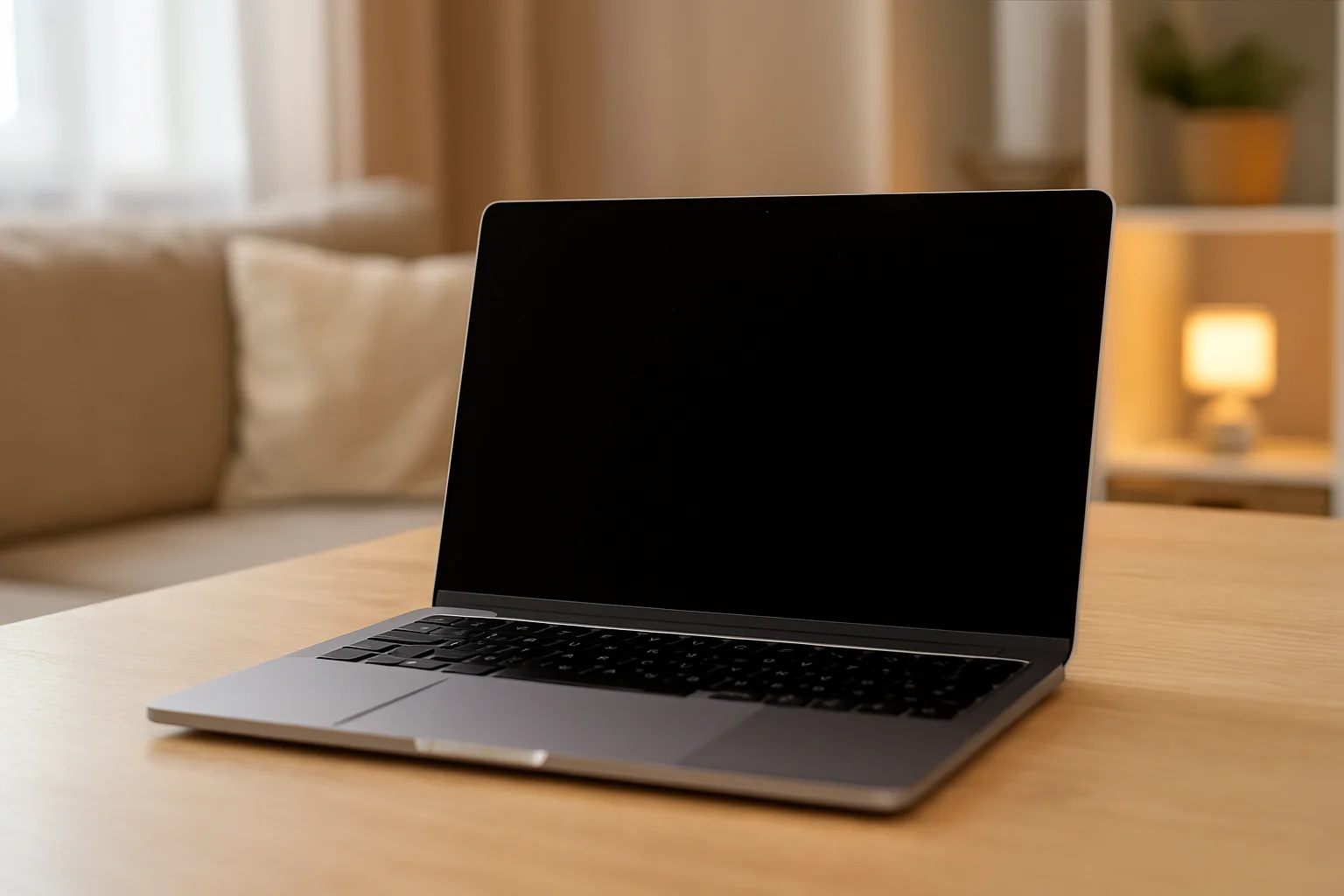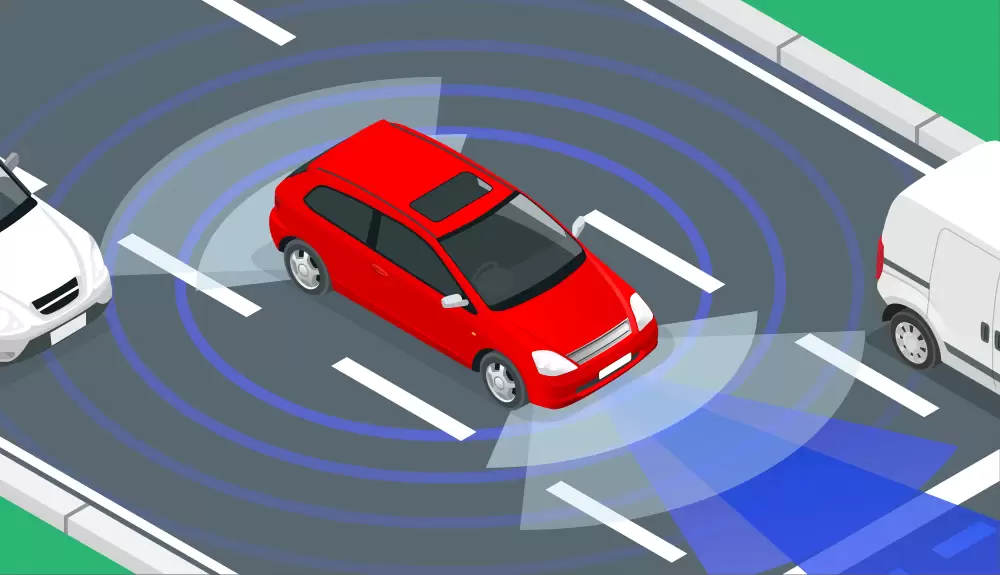A non-responsive laptop is a modern-day heart-stopper. Whether it’s for work, study, or connection, our lives are deeply intertwined with these devices. When you press the power button and are met with nothing but silence and a blank screen, it’s easy to assume the worst. However, a significant percentage of laptops that appear to be completely dead are suffering from simple, fixable issues. This comprehensive guide will walk you through a logical, step-by-step process to diagnose and potentially resolve the problem yourself. We’ll start with the most common and easiest solutions before moving to more complex diagnostics. For those in the Sydney area facing persistent hardware failures, seeking expert laptop repair Sydney services can provide a professional diagnosis and a reliable solution, saving you time and further potential damage.
Table of Contents
ToggleBefore diving into the internal components, it’s crucial to perform a series of external checks. Often, the issue lies not with the laptop’s core circuitry but with its power delivery system or peripheral devices. A thorough external inspection can quickly rule out simple problems. For instance, if your screen remains black but you can hear the fans spinning, the issue might be isolated to the display itself, a situation where specialists in laptop screen repair across Sydney would be the ideal professionals to contact. Let’s begin the troubleshooting journey.
Initial Diagnosis: Understanding the Symptoms
Before you start taking things apart, observe the laptop’s behavior closely. The specific symptoms will guide your troubleshooting path. Ask yourself these questions:
-
Is there any sign of life at all? This includes LEDs (Light Emitting Diodes) on the power button, charging port, or keyboard caps lock. Do you hear any fans spinning or hard drive noises?
-
Does the screen remain completely black and dead? Or do you see a brief flash of light from the screen or backlit keyboard before it shuts off?
-
What were the circumstances before the failure? Was the laptop dropped? Was any liquid spilled on it? Did you recently install new software or hardware?
Categorizing the problem will help you narrow down the potential causes.
Category 1: No Signs of Life Whatsoever
The laptop is completely unresponsive. No lights, no sounds, no fan movement. This typically points to a power delivery issue.
Category 2: Lights On, But No Display
You see power LEDs illuminated, and you might hear fans spinning or drives operating, but the screen remains blank. This could be a display, RAM, or graphics card issue.
Category 3: Powers On Then Immediately Shuts Down
The laptop starts to boot but turns itself off after a few seconds. This often indicates a hardware failure, frequently related to the motherboard or a short circuit.
Stage 1: Basic Power and External Checks
This is the first and most critical stage. Overlooking a simple solution here can lead to unnecessary and complex troubleshooting later.
Check the Power Source and Outlet
Your laptop might not be receiving any power at all. Start by verifying the power source.
-
Test the Wall Outlet: Plug another device, like a lamp or phone charger, into the same wall outlet to ensure it’s working.
-
Check the Power Strip/Surge Protector: If you’re using a power strip, make sure it’s switched on and functional. Try plugging the laptop directly into the wall outlet to bypass it.
Inspect the AC Adapter and Charging Cable
A faulty charger is one of the most common reasons a laptop won’t turn on.
-
Look for Physical Damage: Examine the entire length of the power cable for any fraying, kinks, or cuts. Check the DC connector (the part that plugs into the laptop) for bent or broken pins.
-
Verify the LED on the Adapter: Many AC adapters have a small LED light. If this light is off when plugged into a working outlet, the adapter is likely dead and needs replacement.
-
Use a Multimeter (If You’re Comfortable): For a more technical check, you can use a multimeter to test the voltage output of the adapter. Ensure it matches the rating printed on the adapter itself (e.g., 19.5V).
Examine the Battery
Even if your laptop is plugged in, a completely dead or malfunctioning battery can prevent it from starting.
-
Perform a Power Cycle (Hard Reset): This clears any residual static electricity that can cause a laptop to lock up.
-
Unplug the AC adapter.
-
Remove the laptop battery (if it’s removable).
-
Press and hold the power button for 30-60 seconds to drain any residual power.
-
Reinsert the battery and plug in the AC adapter.
-
Try turning the laptop on.
-
-
Try Booting Without the Battery: If your laptop has a removable battery, take it out, connect only the AC adapter, and try to power on. If it works, your battery is likely the culprit and needs replacement.
-
Check for a Swollen Battery: If the laptop case seems warped or the touchpad is pushing up, you may have a swollen battery. This is a safety hazard. Do not attempt to charge or use the laptop. Seek professional replacement immediately.
Stage 2: Intermediate Hardware Troubleshooting
If the basic power checks yield no results, the issue likely lies with the laptop’s internal hardware. Proceed with caution.
Test the Display
If you have lights and sounds but no image, the problem could be the screen.
-
Shine a Flashlight on the Screen: In a dark room, shine a bright flashlight at an angle onto the black screen. If you can see a very faint image of your desktop or boot-up screen, the laptop is working, but the backlight (which illuminates the screen) has failed. This requires a professional screen replacement.
-
Connect to an External Monitor: Use an HDMI or VGA cable to connect your laptop to an external monitor or TV. If you get a display on the external monitor, it confirms that your laptop’s core components (CPU, RAM, motherboard) are functional, and the issue is with the laptop’s internal screen, its connecting cable, or the inverter.
Reseat the RAM (Memory)
Loose or faulty RAM is a common cause of boot failures.
-
Power Down and Unplug: Ensure the laptop is completely off, unplugged, and the battery is removed.
-
Locate and Open the RAM Compartment: Consult your laptop’s manual to find the RAM access panel. It’s often secured by one or two screws.
-
Remove and Reinsert the RAM Modules: Gently push the clips on the side of the RAM module to release it. Remove it, clean the gold contacts with a soft, dry cloth or isopropyl alcohol, and firmly re-seat it until the clips click back into place.
-
Test with One Stick at a Time: If you have multiple RAM sticks, try booting the laptop with only one installed. If it fails, try that same stick in a different slot, or try a different stick altogether. This helps identify a faulty RAM module.
Stage 3: Advanced Diagnostics
These steps involve more disassembly and should only be attempted if you are confident in your technical skills.
Check Internal Connections
During travel or after an impact, internal cables can become loose.
-
Disconnect Power and Battery: This is non-negotiable for safety.
-
Open the Laptop Casing: You may need to remove the entire bottom case to access the internals.
-
Inspect Cables: Carefully check the connections for the hard drive, the keyboard, and, most importantly, the display ribbon cable that connects the motherboard to the laptop screen. Gently disconnect and reconnect these cables.
Listen for Beep Codes
If your laptop emits a series of beeps when you try to turn it on, it’s trying to tell you something. These “beep codes” are specific to the motherboard manufacturer (like AMI, Award, or Phoenix). Refer to your laptop’s user manual or the manufacturer’s website to decode the sequence, as it can point directly to a failed component like the RAM, GPU, or CPU.
Test with a Known-Good Power Jack
The DC power jack on the laptop motherboard can become loose or break from repeated plugging and unplugging. If it’s damaged, power cannot reach the motherboard. This is a delicate repair that often requires soldering and is best left to professionals.
When to Seek Professional Help: The Role of Expert Technicians
If you have diligently worked through all the previous steps and your laptop still refuses to turn on, it’s time to consider that the problem is a complex hardware failure. Continuing to troubleshoot on your own could risk causing further damage.
Common Complex Hardware Failures
-
Motherboard Failure: This is the “heart” of your laptop. A short circuit, liquid damage, or a failed power regulator can render the entire motherboard useless. Diagnosis and repair require specialized tools and micro-soldering expertise.
-
Failed CPU or GPU: The central or graphics processing unit can fail due to overheating or age. These components are often soldered directly onto the motherboard, making replacement extremely difficult.
-
Deep-Seated Liquid Damage: If liquid was spilled, it can cause gradual corrosion on the motherboard, leading to a failure days or weeks after the initial incident. This requires a thorough cleaning and component-level repair.
At this juncture, the value of a trusted professional service becomes clear. A reputable repair centre, like Computer Repair Sydney, possesses the diagnostic equipment, certified technicians, and access to quality replacement parts necessary to accurately identify and resolve these intricate issues. Attempting a motherboard repair without the proper tools and training is not advisable.
Preventive Measures: How to Avoid Future Problems
An ounce of prevention is worth a pound of cure. Adopting good laptop habits can significantly extend its lifespan and prevent many common failures.
-
Use a Cooling Pad: Overheating is a primary killer of laptop components. A cooling pad provides extra airflow, especially during intensive tasks or gaming.
-
Handle with Care: Avoid moving your laptop while it’s running, as the hard drive (if it’s not an SSD) is vulnerable to jolts. Be mindful of where you place drinks.
-
Use a Surge Protector: Power surges can instantly fry your laptop’s motherboard. Always plug your AC adapter into a surge protector.
-
Keep it Clean: Regularly clean the air vents with a can of compressed air to prevent dust buildup, which insulates components and causes them to overheat.
-
Update Software and Drivers: Keep your BIOS/UEFI and hardware drivers updated, as manufacturers often release patches that improve stability and hardware compatibility.
Conclusion: From DIY Fixes to Professional Solutions
A laptop that won’t turn on can be a source of significant stress, but as this guide demonstrates, it’s not always a death sentence. By methodically working through a process of elimination—starting with the power source, moving to external displays and RAM, and finally considering internal connections—you have a good chance of reviving your machine or at least accurately diagnosing the problem. For the more daunting hardware failures, such as a dead motherboard, a faulty graphics chip, or the need for a laptop screen repair or replacement, enlisting the help of a skilled technician is the most prudent and effective course of action. Remember, the goal is to recover your device and data safely. For residents of Sydney facing such challenges, companies like Computer Repair Sydney offer a comprehensive suite of services beyond just fixing startup issues, including data recovery, virus removal, and performance upgrades, providing a full-spectrum solution for all your computer needs.


